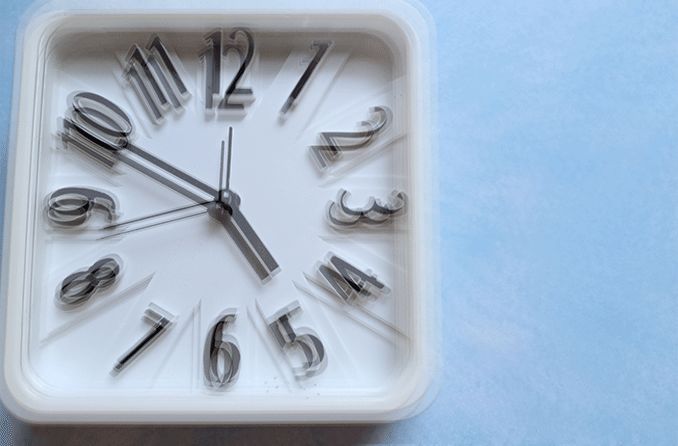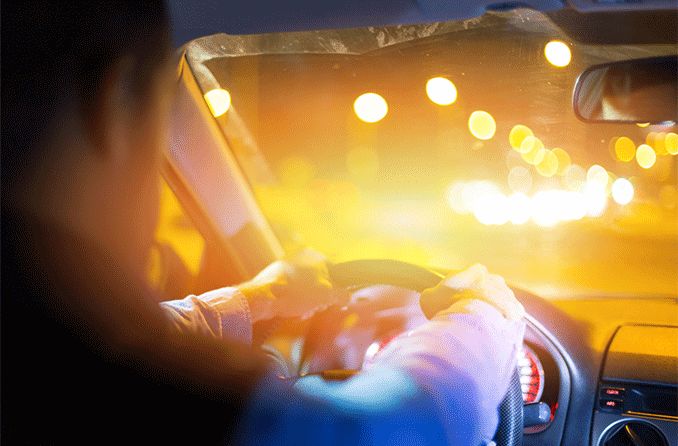Is double vision after a stroke common?
According to the American Academy of Ophthalmology (AAO), it is common for diplopia to occur after a stroke, along with other vision problems related to eye movement. The nerves involved in eye movement can be affected during or after the event of a stroke, causing the eye muscles to work improperly.
Besides double vision, this can affect the ability to track moving objects, move the eyes from side to side (like for reading), judge distance accurately and hold the eyes still to focus.
SEE RELATED: Causes of sudden or temporary double vision
Is double vision after a stroke permanent?
Strokes affect everyone differently. Some people may face long-term vision problems, while others may see improvement in their recovery within a shorter period of time. Regardless of the extent that vision is affected, it is important to have regular comprehensive eye exams to ensure appropriate vision management and/or improvement after an event as serious as a stroke.
How is double vision managed after a stroke?
Managing vision problems like diplopia after a stroke will vary from person to person, depending on the degree of vision disturbance and which part of the brain the stroke affected. Treatments for double vision always depend on the underlying cause of the diplopia. Vision therapy and regular checkups will likely be needed to address visual aftereffects of a stroke.
For diplopia and other eye movement vision problems caused by a stroke, rehabilitation may include the following:
Eye patching
Magnifiers
Vision therapy
Vision therapy like that used to treat strabismus may be helpful in retraining the eye muscles and improving the movement and coordination of the eyes after a stroke. Some vision therapy exercises may include the following:
Tracking exercises: tracking movements of an object from one direction to another, such as a swinging ball or a moving pen
Transitioning exercises: focusing on an object far away followed by an object closer to the eyes
Computer-based programs or games
READ NEXT: Monocular double vision & other types of double vision
How does a stroke affect vision overall?
Diplopia (double vision) is only one of several types of stroke-related vision disturbances, including:
Other eye movement problems
The way the brain processes images can also be affected by a stroke. This can result in vision problems such as:
Changed depth perception
Visual hallucinations (see also: Charles Bonnet Syndrome)
Trouble recognizing people or objects
Visual neglect (being unaware of objects or events on one side of the visual field)
READ MORE: Stroke Awareness Month










